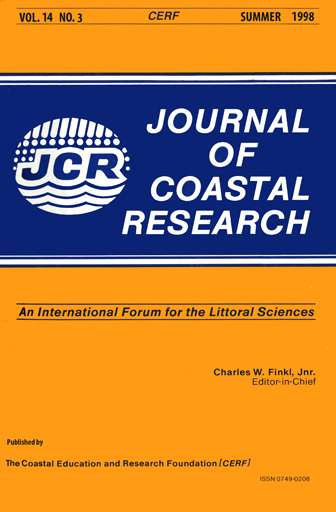Geologic Framework and Environmental Status of the Ganges-Brahmaputra Delta
Keywords:
Bangladesh, India, delta plain, Meghana estuary, HoloceneAbstract
The enormous delta of the Ganges-Brahmaputra River in Bangladesh, and surrounding areas of India, is the lifeblood for one of the largest populations on Earth. Decending from the Himalayan plateau to a lowland upper delta plain, the rivers experience rapid lateral migration, producing a patchwork of flood plains of various ages. In the eastern lower (tidal) delta plain, the rivers enter the sea through the Meghna estuary, a 100-km-wide zone of multiple distributary channels and migrating islands. Coalescing subaqueous sand shoals in the river mouths form a delta front clinoform that is prograding seaward over the topset beds of a muddy subaqueous delta on the continental shelf. West of the river mouths, the lower delta plain is covered by a mangrove forest (Sunderbans), drained by a network of river distributary and secondary tidal channels and formed in an earlier phase of Holocene delta progradation. The Ganges-Brahmaputra delta is under increasing environmental pressure today in response to the needs of a rapidly growing and modernizing population.


